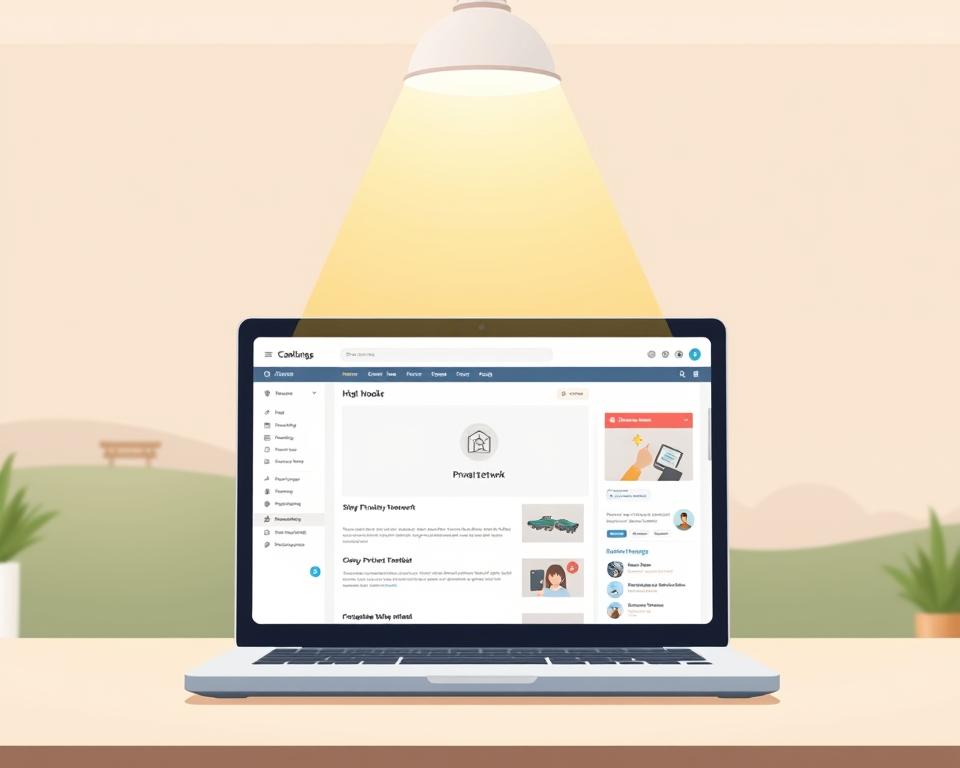PBN Link Building Explained
Did you hear that roughly three in five SEO pros leverage private blog network backlinks? A PBN’s main draw lies in how it can elevate a domain’s credibility. Consequently, search engines may reward you with improved rankings. But, what does PBN in SEO really entail? It might seem like a quick way to climb the ranks, yet using PBN SEO services poses significant risks. You risk incurring serious sanctions from Google. We’ll unpack what guestblogging are and why so many SEOs can’t resist them.
PBN Explained
Essentially, a PBN is a cluster of blogs designed to funnel link juice to a primary domain. Its goal is to boost rankings by channeling link authority from the network to your main site. By leveraging expired domains with lingering trust, PBNs present a convincing front to crawlers.
What drives a PBN is simple. Webmasters deploy them to bolster their SEO profiles. They do this by:
- Getting valuable backlinks to enhance rankings.
- Controlling the quality and relevance of these backlinks.
- Fostering a web of sites that exchange links in a natural-looking manner.

How do Private Blog Network Links Work?
The tactic hinges on crafting backlinks that look legitimately earned. By funneling link juice from a PBN site, you trick search engines into boosting your site’s authority.
The process involves carefully chosen keywords and domains within a network of blogs. Rapid uplift comes hand in hand with steep penalty prospects.
Success hinges on embedding links in contextually relevant, high-quality content.
PBN Benefits
The chief allure of PBNs lies in their backlink control. PBNs let you dictate exactly how, where, and when your links appear.
PBN expired domains, often rich in authority, provide a unique opportunity to create strong backlinks.
They empower you to weave keyword-optimized anchors across your network.
The Risks Associated with Private Blog Networks
PBNs carry significant risks that every SEO strategist must weigh. A major concern is the risk of Google penalizing websites that use these networks.
Why PBNs Still Tempt SEOs
Conventional outreach can be slow and uncertain. They eliminate the reliance on third-party permissions.
PBN Management Tips
Effective pbn management demands careful attention and adherence to best practices. Vet domains meticulously to avoid bad neighborhoods.
Spotting PBN Links
Spotting PBN links on your site is key to keeping your domain reputation healthy.
| Indicators of PBN Links | Description |
|---|---|
| Low-Quality Domains | Links from domains with poor authority or less than optimal rankings. |
| Irrelevant Content | Links embedded in content that does not match your site’s niche. |
| Suspicious Anchor Text | Repetitive or irrelevant anchor text patterns. |
| Thematic Similarity | Lack of a coherent theme among linking pages and domains. |
Using Google’s Disavow Tool
- Identify harmful PBN backlinks through thorough analysis.
- Create a disavow file correctly, listing specific URLs or domains to disavow.
- Upload the disavow file to Google Search Console.
Alternatives to Private Blog Networks
Consider guest posting for genuine backlinks.
PBN Misconceptions
Many assume PBNs are risk-free quick fixes.
Future of Private Blog Networks in SEO
| Factor | PBNs | Future SEO Practices |
|---|---|---|
| Content Quality | Low emphasis on genuine content | High emphasis on high-quality, valuable content |
| Risk Factor | High risk of penalties | Lower risk with authentic practices |
| User Engagement | Limited engagement | Enhanced user interaction and loyalty |
| Sustainability | Unsustainable in the long term | Focus on sustainable growth |
To Conclude
They promise rapid SEO wins.